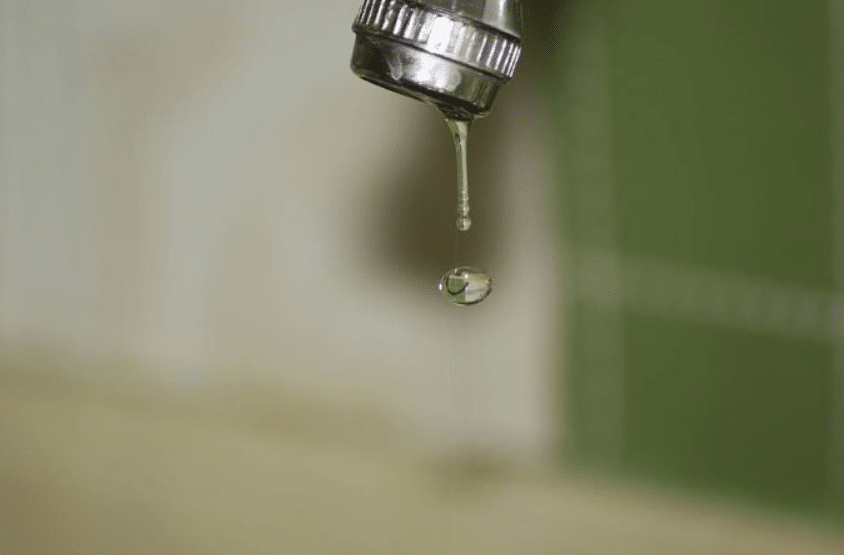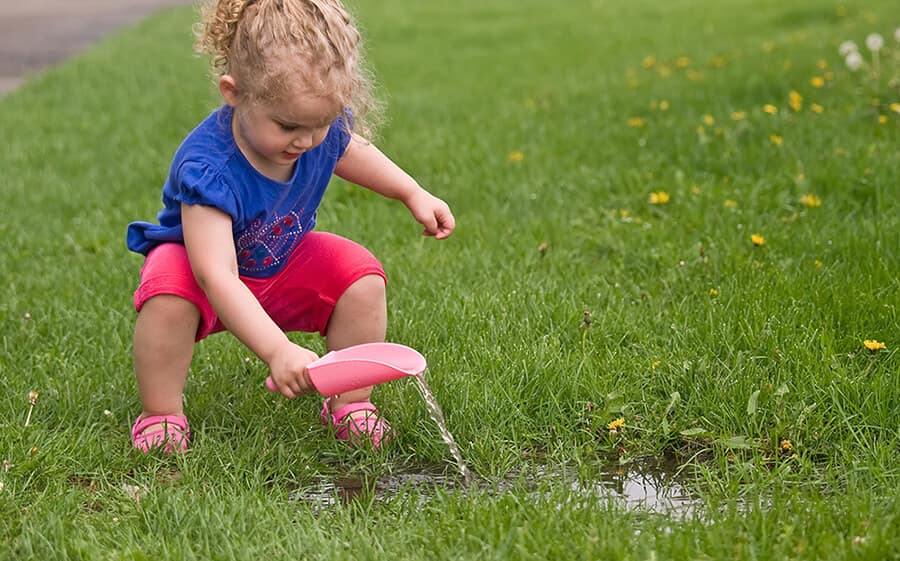Breaking Down the Six Most Common Causes of Home Water Leaks
Breaking Down the Six Most Common Causes of Home Water Leaks
Blog Article
What're your thoughts on How to Find Water Leaks?

Leakages not only trigger waste of water however can likewise trigger unnecessary damage to your home and advertise undesirable natural development. Water leakages may go unnoticed given that many of the pipework in our house is hidden. By understanding and also looking for day-to-day circumstances that cause leakages, you can secure your house from future leaks and also unneeded damages. Today, we will consider 6 leak creates that might be creating your pipes to drip.
Intruding roots
A lot of water leaks start outside the house as opposed to inside it. If you observe a sudden decrease in water stress, say in your tap, require time to go out and also examine your backyard. You may notice damp spots or sinkholes in your lawn, which might indicate that tree roots are attacking water lines causing water to permeate out. You can have your plumber check for invasion, specifically if you have trees or shrubs near your home.
Rusty water supply
As time goes by, your plumbing system ages and also corrosion such as corrosion might begin gnawing the pipelines. This may be the root cause of discoloration or bending on your pipes. This asks for an assessment with your plumber right away. If our plumbing system is old, think about changing the pipelines considering that they are at a higher danger of rust than the more recent models.
Faulty Pipe Joints
Pipeline joints can degrade over time, resulting in water leakages. If you have noisy pipes that make ticking or banging noises, particularly when the hot water is turned on, your pipe joints are probably under a lot of stress.
Immediate temperature adjustments.
Severe temperature changes in our pipes can create them to broaden as well as contract all of a sudden. This development as well as contraction may cause splits in the pipelines, especially if the temperature are below freezing. If you kept an eye on just how your plumbing functions, it would certainly be best. The existence of the formerly discussed circumstances regularly suggests a high risk.
Poor Water Connectors
At times, a leakage can be created by loose tubes and pipelines that provide your appliances. In situation of a water links leakage, you may see water running directly from the supply line or puddles around your devices.
Clogged Drains
Clogged drains could be irritating and also inconveniencing, but they can in some cases wind up creating an overflow leading to rupture pipelines. Keep eliminating any type of products that might go down your drains that might block them to avoid such hassles.
All the above are sources of leaks but not all water leaks result from plumbing leakages; some leaks may come from roofing leaks. All leaks should be repaired immediately to prevent water damages.
Leaks not only trigger waste of water yet can additionally trigger unneeded damages to your residence and also advertise undesirable organic development. By recognizing as well as looking for day-to-day circumstances that create leaks, you can protect your home from future leaks as well as unnecessary damages. Today, we will certainly look at 6 leakage creates that might be creating your pipelines to trickle.
At times, a leakage can be triggered by loosened pipes and also pipelines that provide your devices. In instance of a water links leak, you may notice water running directly from the supply line or puddles around your appliances.
How To Check For Water Leak In Your Home
How To Check for Leaks
The average household's leaks can account for nearly 10,000 gallons of water wasted every year and ten percent of homes have leaks that waste 90 gallons or more per day. Common types of leaks found in the home are worn toilet flappers, dripping faucets, and other leaking valves. These types of leaks are often easy to fix, requiring only a few tools and hardware that can pay for themselves in water savings. Fixing easily corrected household water leaks can save homeowners about 10 percent on their water bills.
To check for leaks in your home, you first need to determine whether you're wasting water and then identify the source of the leak. Here are some tips for finding leaks:
Take a look at your water usage during a colder month, such as January or February. If a family of four exceeds 12,000 gallons per month, there are serious leaks.
Check your water meter before and after a two-hour period when no water is being used. If the meter changes at all, you probably have a leak.
Identify toilet leaks by placing a drop of food coloring in the toilet tank. If any color shows up in the bowl after 10 minutes, you have a leak. (Be sure to flush immediately after the experiment to avoid staining the tank.)
Examine faucet gaskets and pipe fittings for any water on the outside of the pipe to check for surface leaks.
Undetected water leaks can happen without the home or business owner even realizing. If you suspect a water leak, but not able to find the source. It is time to contact a professional water leak detection service, The Leak Doctor.
How To Find a Water Leak In Your Home
https://www.leakdoctor.com/blog/How-To-Check-For-Water-Leak-In-Your-Home_AE197.html

I found that entry about How to detect water leaks in your home when surfing around the web. Sharing is nice. Who knows, you could be helping someone out. Thanks so much for taking the time to read it.
Call Today Report this page